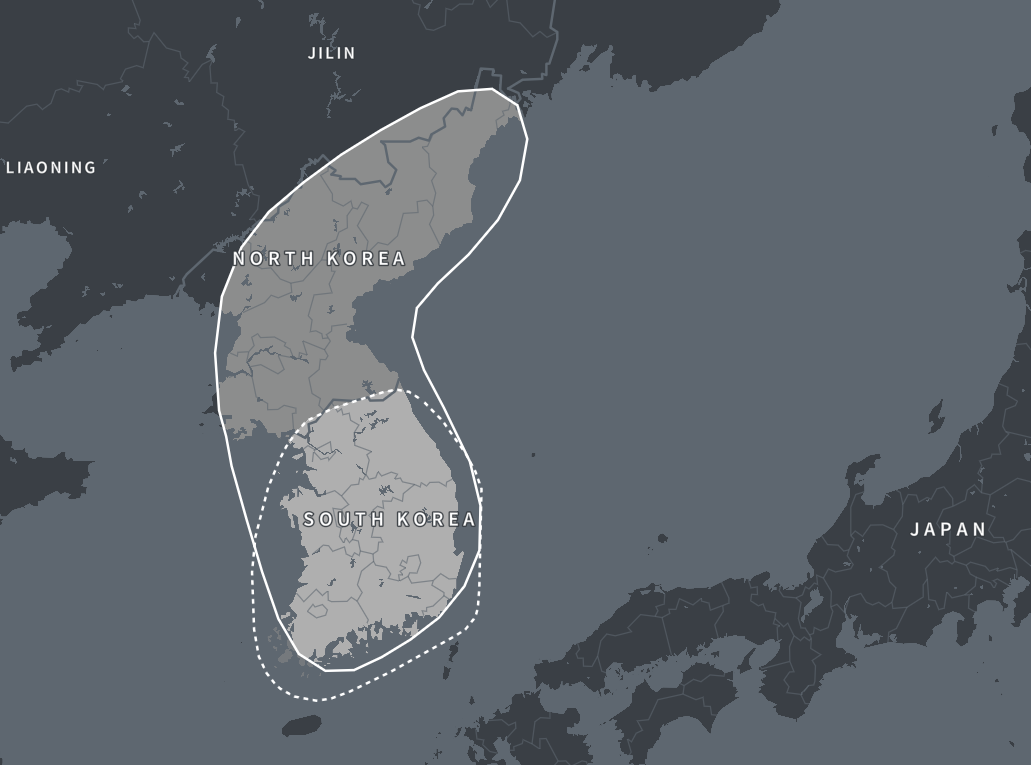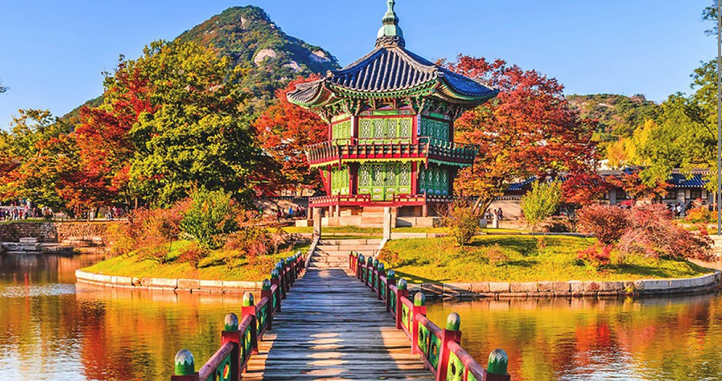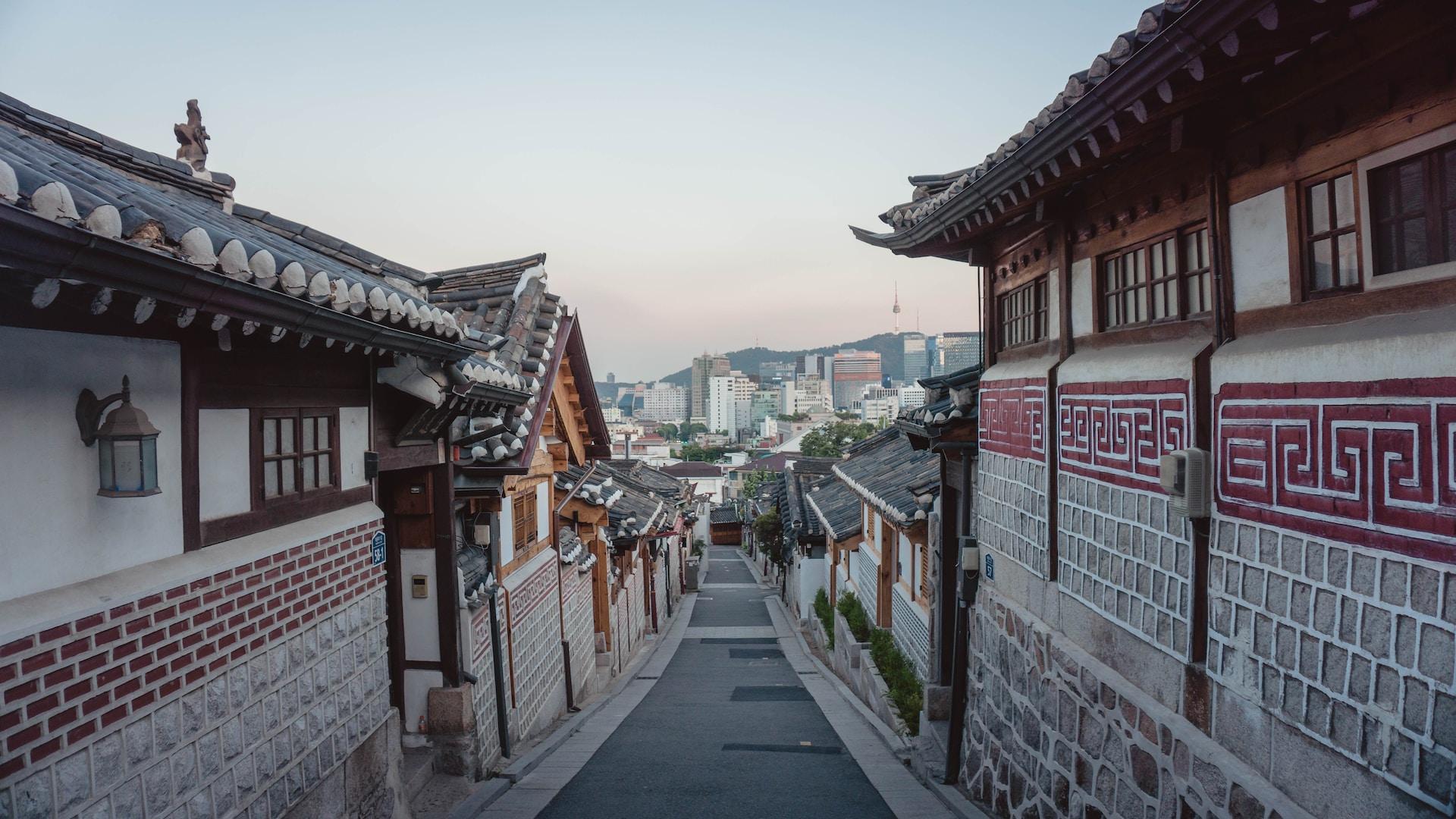What is Korea DNA Ethnicity on Ancestry?
The results of our AncestryDNA tests may sometimes be what we expect or on occasion may be a big surprise. Either way, often we need a little more information regarding some of the regions that arise in our ethnicity estimates.

One such region is the Korea DNA region. Those who still live in this region already understand all about its history and culture. There are others, however, who may never have even visited or in fact been aware that they have ancestors from that area.
In this post we will go into more detail with regards to the history, geography and culture of the Korea region. We will also discuss what it means to be from this region and how easy or difficult it might be to trace our roots in the Korea Region.
What Is the Korea DNA Region on Ancestry?
The Korea DNA region of AncestryDNA as the name very much suggests covers almost the entirety of North and South Korea on the Korean Peninsula. There are however small areas along the west coast of North Korea that do not exhibit high densities of this region's DNA and the northwest region of the country also does not exhibit this common DNA in great numbers.
There is some overlap of this region's DNA into the southern Chinese provinces of Jilin and Liaoning. These are concentrated along the border regions these provinces share with North Korea.

Korean History
It is claimed by the Korean Academy that ancient hominid fossils were found at a stone city site in Korea that may date back to 100,000 BC although they could be even older than that based on some tests. The best preserved pottery in the region was paleolithic pottery dating back to 10,000 BC.
One of the earliest understood people to live on the Korean Peninsula were the Yayoi who at one time likely inhabited the central and southern regions of Korea. They were a Japonic-speaking group who would ultimately end up migrating to the islands of Japan establishing the culture and languages of Japan.

Koreans as we know them today likely descend from a Proto-Korean group that may have descended down from Siberia. Coming from the areas such as the Liao River region these early Koreans would displace the already resident Yayoi who would have either assimilated or as was the case with many moved on to Japan.
Gojoseon
The first Korean kingdom was called Gojoseon and legend stands that it was founded by Dangun, a supposed God-King descended from heaven. This kingdom actually arose in what is now Liaoning China around 2333 BC.
Gojoseon would rule in the region for many centuries until finally in 108 BC the Han Dynasty defeated the kingdom. The Han placed the region under the control of 4 commanderies located in the north of the peninsula. Within a few decades three of these had fallen and only Lelang survived as a cultural and political center.
Lelang would interact with and trade with China but finally in 313 AD Goguruyeo, a Korean kingdom, annexed the last of the commanderies. This would be followed by generations of shifting kingdoms in the region with multiple kingdoms ruling in the region at any one time.
General unrest existed on the Korean peninsula for centuries until finally during the 15th and 16th centuries an overarching sense of peace was achieved in the region through a series of wise benevolent rulers such as Sejong the Great. It was an era of education and enlightenment, a veritable golden age for Korea.
Japanese Invasion
In 1597 the Japanese invaded Korea, finding a weakened army due to two centuries of peace on the peninsula. The invaders were led by Toyotomi Hideyoshi, a Samurai whose intent was to conquer both China and India.
It would be informal Korean militias known as the Righteous Army who would resist Hideyoshi essentially stalling the Samurai's plan of taking over much of Asia using Korea as his base of operations. The invasion still took its toll on the region leaving them open to attack again 30 years later by the Manchus, a group from Manchuria in the north.
Eventually the region would fall in line with the influence of Chinese dynasties and again two centuries of peace a second era of advancement would exist in the region. However by the 19th century the royal families of the region gained political power in the government which quickly created a corrupt system.
This would weaken the state and lead to mass poverty and frequent peasant rebellions. An era of isolation would begin which would end around 1910 when Japan established control in Korea.
Does the Korea Region Have Sub-Regions?
Many of the large regions that AncestryDNA covers have multiple sub-regions. But Korea only has one sub-region which is the country of South Korea. Separated after the second world war the north was under Soviet control while South Korea was under US occupation. This divide known as the 38th parallel exists to this day and once connected peoples are now part of two nations.

They share common DNA but the isolation that exists between the North and South of Korea has led to a more distinct type of DNA being found in South Korea. This obviously can be beneficial for determining whether your Korean ancestors may have been from South Korea although it does not prove the reverse.
How Did You Get Korea Region DNA?
If you already know that you had family who came from the Korean Peninsula then you know why you have Korean DNA. If this result came as a surprise you may not know how exactly you came by DNA from this region.
If you have a sizable percentage of DNA from this region then it is likely you have an ancestor who was born somewhere in the region. If you also have the sub-region South Korea then you may find your ancestors came from the region we today call South Korea.
Korean Migration
As mentioned Korea prior to the 20th century was enjoying an era of peace and cultural prosperity however with the threat of and eventual enactment of Japanese Imperial rule migration out of Korea began with the United states being seen as a place for new starts.
Known as the Korean Diaspora roughly 7.3 million individuals who either descend from or are Korean immigrants themselves. The vast majority are located in either China, the United States, Japan, Canada and Uzbekistan.
It was during the early 1900s that Koreans started to flee the peninsula looking to escape the invading Japanese and their imperialistic rule. Korea would remain under the thumb of Japan until the Japanese surrendered after world war 2.
Final Thoughts
The DNA that chiefly comprises the Korean region likely comes from the Proto-Koreans who arrived on the Korean Peninsula displacing the then native Yayoi people. They may have intermarried with some Yayoi but these peoples from southern Siberia are likely the basis for the DNA we recognize from the region today.
Link To or Reference This Page
We spent a lot of time downloading, cleaning, merging, and formatting the data that is shown on the site.
If you found the data or information on this page useful in your research, please use the tool below to properly cite or reference Name Census as the source. We appreciate your support!
-
<a href="https://namecensus.com/blog/what-is-korea-dna-ethnicity-on-ancestry/">What is Korea DNA Ethnicity on Ancestry?</a>
-
"What is Korea DNA Ethnicity on Ancestry?". NameCensus.com. Accessed on May 2, 2024. https://namecensus.com/blog/what-is-korea-dna-ethnicity-on-ancestry/.
-
"What is Korea DNA Ethnicity on Ancestry?". NameCensus.com, https://namecensus.com/blog/what-is-korea-dna-ethnicity-on-ancestry/. Accessed 2 May, 2024
-
What is Korea DNA Ethnicity on Ancestry?. NameCensus.com. Retrieved from https://namecensus.com/blog/what-is-korea-dna-ethnicity-on-ancestry/.
